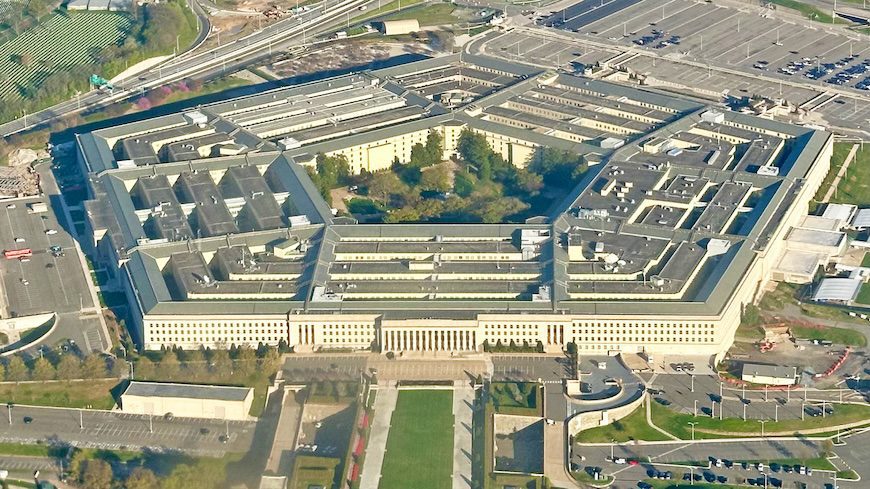In its first year of operation, the national 988 Suicide and Crisis Lifeline fielded more than five million calls, texts, and chats. The US Department of Health and Human Services (HHS) reported this 35 percent increase from the old 10-digit number on yesterday’s first anniversary of the three-digit service.
It's been one year since the 988 Suicide & Crisis Lifeline launched. We're happy to see thoughtful, ongoing discussion driving meaningful action to strengthen our crisis care system. See how far the 988 network has come and what's next: https://t.co/zykZV778FF #988Lifeline pic.twitter.com/HMnVrsgiCm
— 988 Suicide & Crisis Lifeline (@988Lifeline) July 16, 2023
Xavier Becerra, the HHS Secretary, trumpeted the success of the remodeled hotline.
“Through 988, our message to Americans in crisis is clear: support is here,” he said in a news release. “I have traveled all over the country and talked with young people who got the help they needed, when they needed it most. For them, 988 is more than just a number–it’s a person to listen, a person to care.”
Changes Equal Success
One reason for the big jump in service use, Becerra pointed out, is the addition of the Spanish language services. He said it enables native and preferred Spanish speakers an opportunity to talk through their crisis in their chosen language. He also pledged to continue expanding the reach of 988 to people from all different communities so they can find the help they need.
Texting is another reason for the increased uptake. The 988 hotline responded to more than 665,000 texts in its first 12 months. That’s a 1,135 percent increase over the 10-digit National Suicide Prevention Lifeline from the previous year. Currently, 29 states have local call centers answering texts. The rest divert texts to centers in other states.
According to the agency, the 10-digit line added text only in 2020, and they couldn’t respond to about 40 percent of the texts. Even when there was a response, it could take up to 30 minutes.
Compared to the 12 months prior, chats answered increased by 141 percent and calls answered increased by 46 percent. Response wait times for call-in access shrunk significantly, from an average of 2 minutes 39 seconds to 41 seconds.
Funding and Staffing
In an expansive fiscal commitment, the federal government diverted close to a billion dollars toward the inception of the 988 initiative. Many state and local governments have supplemented this investment with additional funds of their own. California and 10 other states, for example, have tacked a few cents worth of charges onto phone bills with the money specifically earmarked for 988 hotline operations and other mental health crisis services.
The federal government has funneled a considerable portion of its funding into fortifying more than 200 local call centers scattered across the nation. The goal is to ensure these centers are sufficiently staffed to meet high demand, a challenge that had been anticipated from the outset of the project, Becerra said at a news conference.
Staffing shortages were such a concern that it delayed promotion of the service for several months. They are still an issue. Nearly every state is looking to fill open hotline counseling positions.
Despite staffing gaps, hotline promotion remains the biggest priority, Becerra said. Only 18 percent of Americans are aware of 988, according to a recent Pew Charitable Trusts survey.
The National Alliance of Mental Health reports that one in five US adults experience mental illness each year. In 2021, suicide was the 11th overall leading cause of death in the US, and the second leading cause of death in people aged 10-34.
_____________________________________________________________
If you or someone you know is in crisis, please call, text, or chat with the Suicide and Crisis Lifeline at 988, or contact the Crisis Text Line by texting TALK to 741741.



